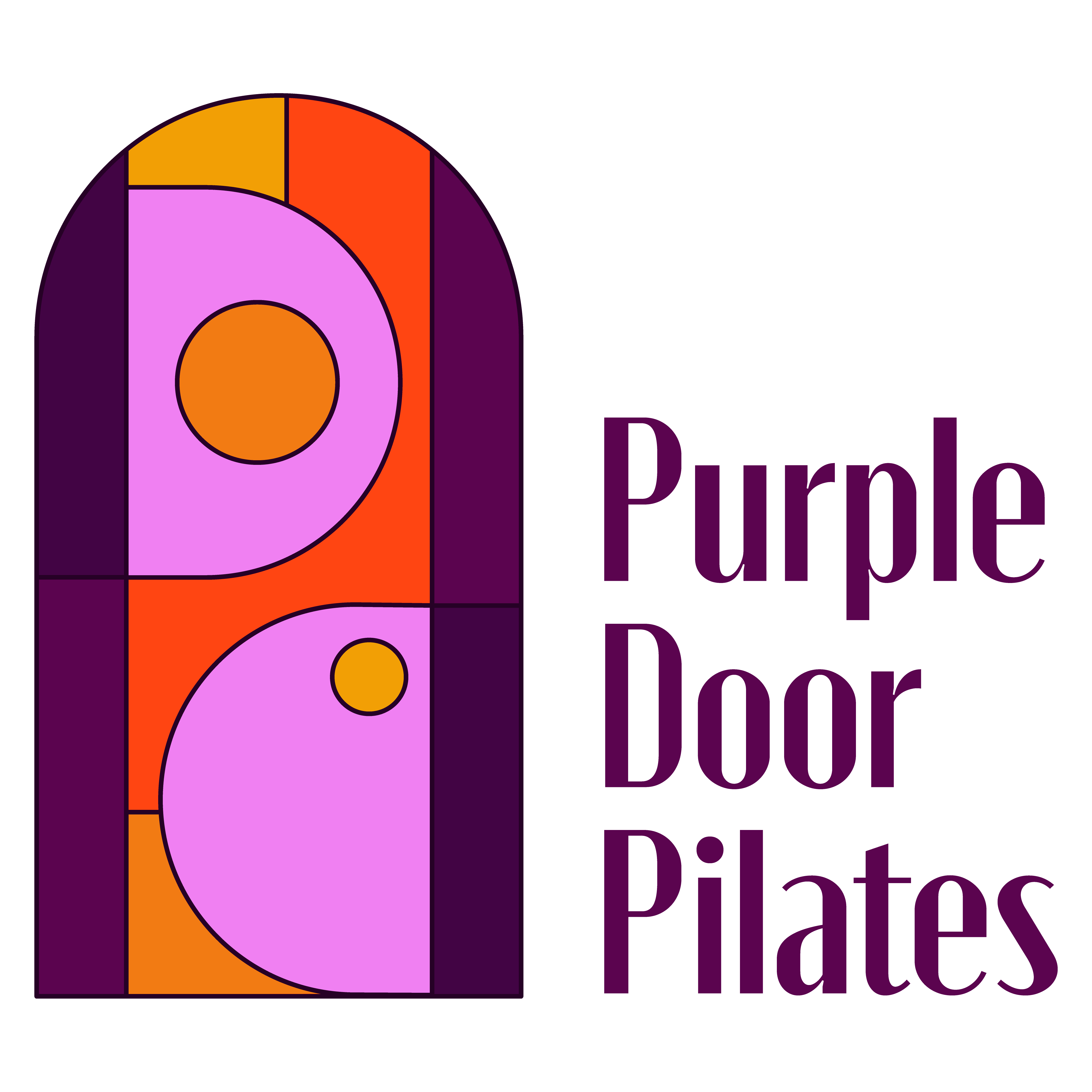Pilates is a form of exercise that focuses on strengthening the core muscles, improving flexibility, and increasing body awareness. One of the key elements that sets Pilates apart from other forms of exercise is the emphasis on breath control. In a Pilates practice, the breath is considered to be an essential tool for enhancing the mind-body connection and achieving optimal performance.
The role of breath in Pilates practice is multifaceted and integral to the overall experience. Proper breathing techniques not only help to increase oxygen flow to the muscles, but also aid in relaxation, concentration, and alignment. When done correctly, breathing can enhance the effectiveness of Pilates exercises and help to prevent injury.
In a pilates course, students are taught to use their breath in coordination with their movements. This synchronization helps to engage the deep abdominal muscles, known as the transverse abdominis, and stabilize the spine. By focusing on the breath, practitioners are able to create a sense of flow and control in their movements, leading to improved body awareness and coordination.
One of the key breathing techniques in Pilates is lateral thoracic breathing. This involves inhaling deeply through the nose, expanding the ribcage laterally, and exhaling fully through the mouth, drawing the ribs back in. This type of breathing encourages proper expansion and contraction of the ribcage, allowing for better oxygen exchange and spinal alignment.
Another important breathing technique in Pilates is the diaphragmatic breath. This involves breathing deeply into the lower abdomen, expanding the belly on inhalation and drawing it back in on exhalation. By using the diaphragm to control the breath, practitioners are able to engage the core muscles more effectively and stabilize the spine during challenging exercises.
Proper breath control in Pilates can also help to reduce stress and tension in the body. By focusing on the breath, practitioners are able to quiet the mind and increase their overall sense of relaxation and well-being. This mind-body connection is a key component of the Pilates practice and can lead to improved mental focus and concentration.
In conclusion, the role of breath in Pilates practice is essential to achieving optimal performance and creating a sense of flow and control in movements. By focusing on proper breathing techniques, practitioners can enhance the mind-body connection, engage the core muscles, and improve alignment and stability. Whether you are a beginner or an experienced practitioner, incorporating breath control into your Pilates practice can help you to achieve greater results and enhance your overall well-being. If you are interested in deepening your practice, consider enrolling in a Pilates course to learn more about the role of breath and how it can enhance your Pilates experience.
For more information visit:
Purple Door Pilates
https://www.purpledoorpilatesmadison.com/
6086091987
807 E Johnson St
Are you ready to experience a mind-body transformation? Open our the door to a stronger, more flexible, balanced body, and mind with Purple Door Pilates in Madison. Our skillful instruction and classical Pilates equipment will take your workouts to the next level. Visit our website at purpledoorpilatesmadison.com to book your first session today!

